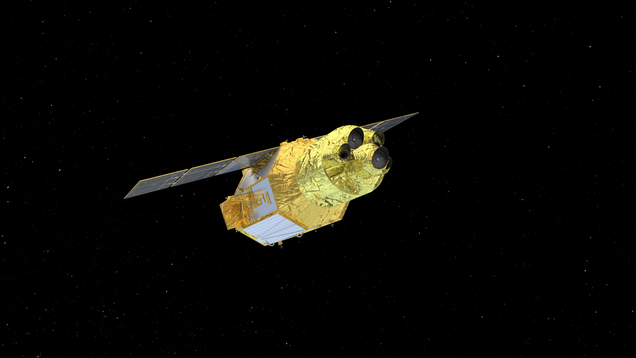Get the latest tech news
Why an 'unexciting' galaxy could provide clues about the universe's evolution
The Hubble Space Telescope has imaged a dwarf galaxy that may have merged with a smaller satellite galaxy. If so, the data could help test fundamental theories about the universe's evolution.
The agencies say that a great deal of research is going into the "complicated structure" of NGC 5238, which is 14.5 million light-years away in the Canes Venatici constellation. They reckon that due to NGC 5238's star population (which Hubble is adept at helping to image), it had a "close encounter" with another galaxy perhaps as recently as a billion years ago. As such, the agency says that the data Hubble captured from NGC 5238 may help researchers to test fundamental ideas about the evolution of the universe.
Or read this on Endgadget

